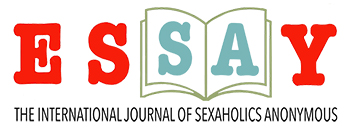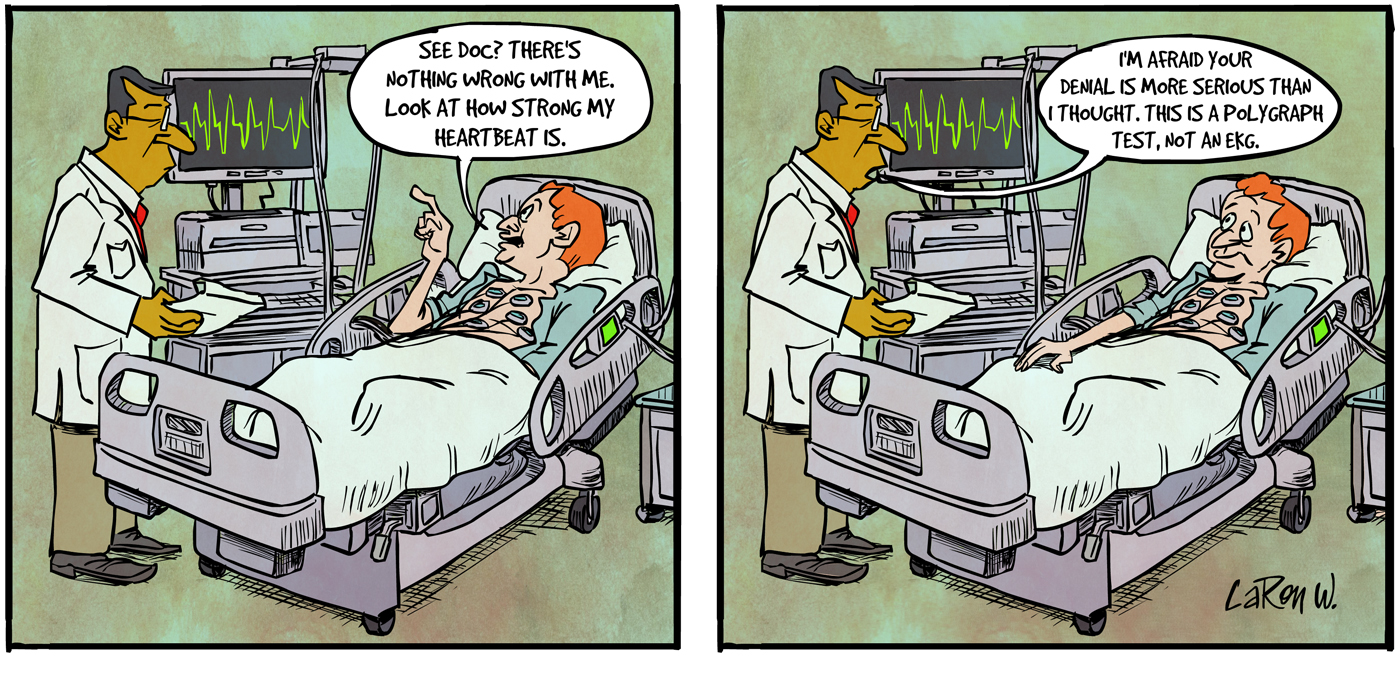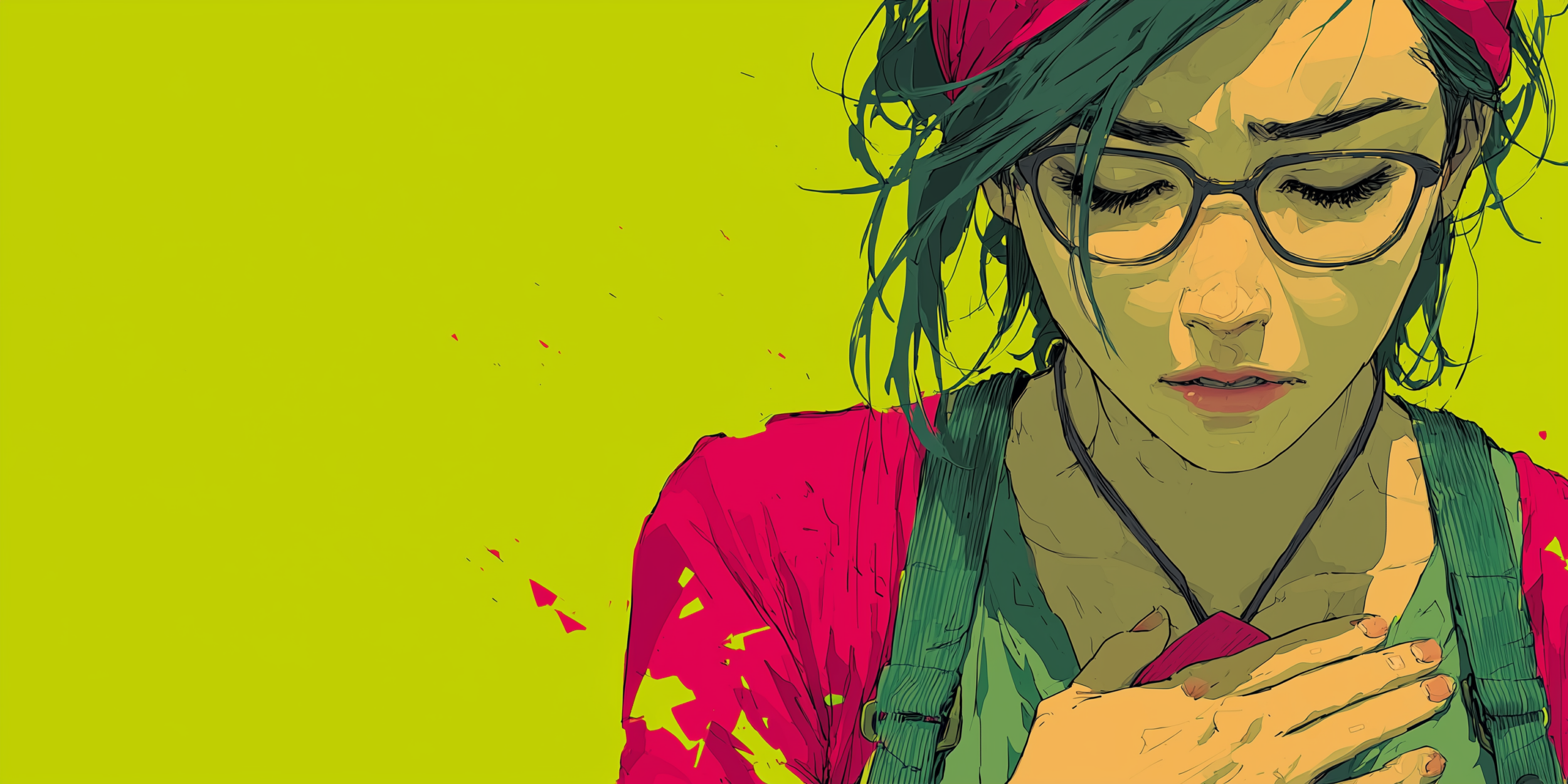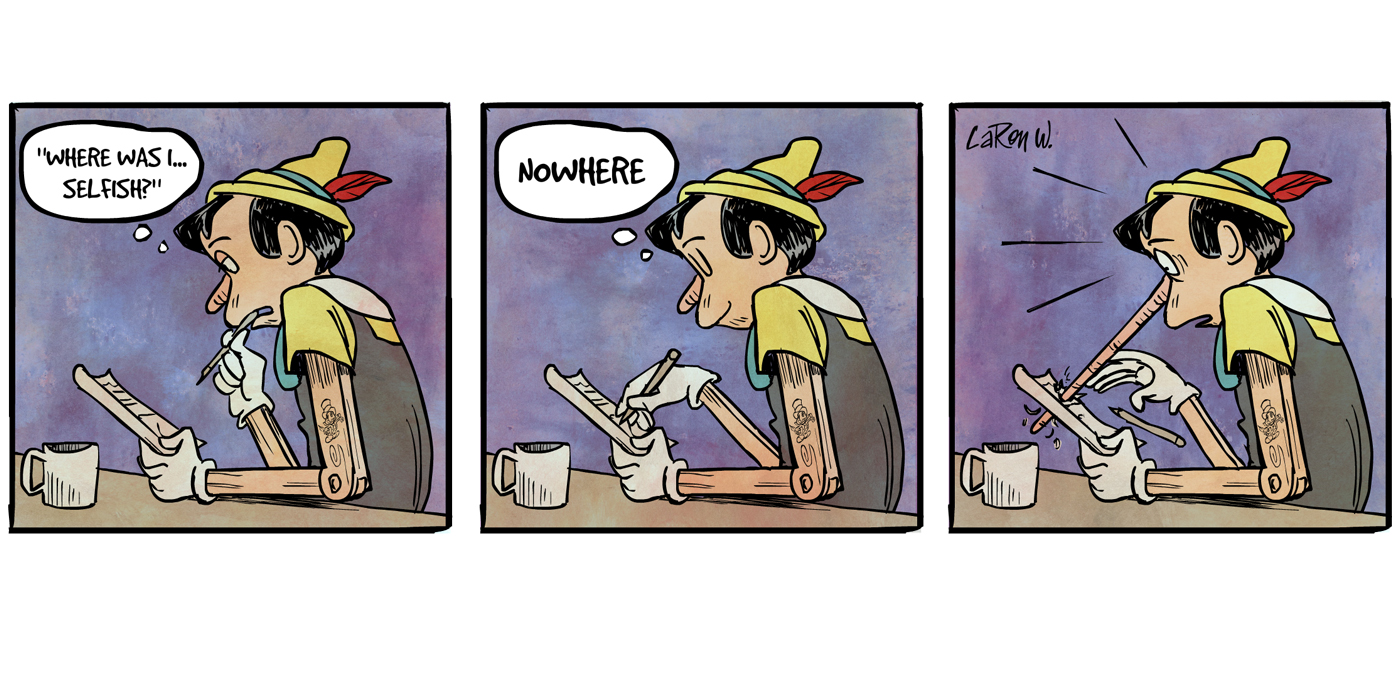My name is Jim B., and I’m a sexaholic in recovery. For the past three months, I’ve been working on my Fourth Step with the guidance of my sponsor. The journey has led me through the gamut of emotions, and it has given me a significant amount of insight into how my past characteristics have manifested themselves and impacted others. My fearless moral inventory has been a deep soul-searching, eye-opening experience that has moved me forward in recovery with a new awareness of who I was, who I am now, and who I desire to become.
For me, the Fourth Step experience was a journey. It was not about “just getting it done,” as that would mean just speeding toward completion without allowing time for personal change. To speed along would be to miss the point of Step Four as I understood it: to facilitate a lasting change in my understanding. Through this process, I have learned that recovery and the Fourth Step are about change and healing.
In my fearless moral inventory, I identified 39 character flaws. These ranged from ego, pride, and lust to impatience, anger, envy, arrogance, and dishonesty. I researched the definitions of each of these to make sure I understood each trait. This provided me with a new understanding of my past behavior.
In the process, I came to describe my journey as an “I” exam. Most of us have had an eye examination at some point because we couldn’t see clearly. I was not able to see my life, because my character defects skewed everything I experienced—so I could not see clearly how I behaved and reacted toward others, including my family.
My Step Four was my personal “I” examination. As I researched my characteristics, I began to connect their evolution from my earliest memories, and I could see more clearly how the behaviors had affected my current life. I felt as though I were looking at an eye chart and realizing just how out of focus my life had been.
As I tried to read the chart, covering first one eye and then the other, it became apparent that much of my life was a blur. Between my addiction, character traits, and behaviors, not a single letter on my eye chart was clearly visible. I suddenly realized that my being unable to see has disconnected me from my wife, my children, my friends and family, and my faith. I have missed opportunities to build relationships, be compassionate and empathetic, and forgive myself and others. My distorted vision also caused me to make poor life choices that were most often selfish.
As a result of my “I” exam, I diagnosed myself with what I call “characteristic blindness.” This is an ailment that gets progressively worse without proper correction, and it was at such a destructive point in my life that I clearly needed to take corrective action in order to recover any ability to live life wholeheartedly.
While I was in the exam chair, the optometrist (who I believe is God as He may express Himself through my sponsor and Step Four) placed drops in my eyes. But instead of easing my discomfort, the blurriness continued, and then I felt pain, anxiety, and fear. I recalled that healing sometimes involves pain and discomfort.
The “optometrist” then placed the equipment with various lens adjustments in front of me to look through. At first I still could not see anything and was left with a sense of continued despair. I was told to look at the chart again, and first one lens was adjusted and then the another. With each turn of the lenses, some of my blurry life cleared. Fuzzy images became shapes, and shapes became letters. The dots in my life began to appear to me and connect. First the large row of letters became visible, then the smaller rows, and then the smallest rows. As each row cleared, I gained a further understanding of just how poor my “I” sight had been and how things could be improved, if I wanted to improve. I realized I had a choice: I could continue to see things poorly, or I could see things through a new corrective behavior. This new choice also comes with the ability to live life through “get to’s” and as opposed to “have to’s.”
In the end, Step Four gave me a prescription for the remainder of my life, with an understanding that lasting improvement would come over time and with commitment. The only way I can live the life I desire is through making new choices. Today I must accept the responsibility for amending my past and for taking corrective action to move forward. Here’s how my personal “I” prescription reads:
- Do a regular daily check-up by evaluating my thoughts and behaviors and seeing how they relate to my life.
- Remain forever aware of how my defects of character have influenced me, and in this new awareness, take time to pause and see things as they really are and not as I believe they are.
- Stay present and vigilant through prayer to God, as I understand Him. Surrender those items I need to work on continually.
- Add perspective by seeking out good counsel from my sponsor and others when things start to get blurry, before they get out of focus.
- Focus every day on being selfless rather than selfish.
- Be grateful that through my Fourth Step, my life was still correctable and blindness had not permanently set in.
- Recognize that I am a good man and that I matter and make a difference.
So after three months, 71 pages of Fourth Step writing, and a lot of soul searching, I have come to acknowledge that at the core of my fearless moral inventory, I discovered my pure selfishness and disconnection from God. These two items were the common thread woven through my every defect. They were the basis for most of my behaviors, much of the hurt in my own life, and most of the emotional harm I caused others.
With my newfound understanding and perspective from my personal “I” exam, I am now working daily to recognize my defects of character, and asking God to remove them. And I am grateful to have the choice to do so.
Jim B.






